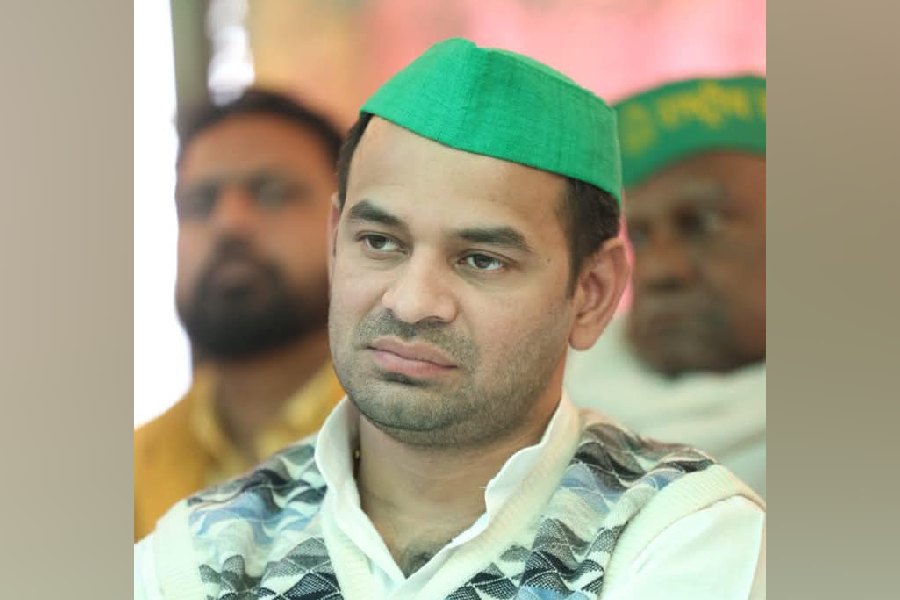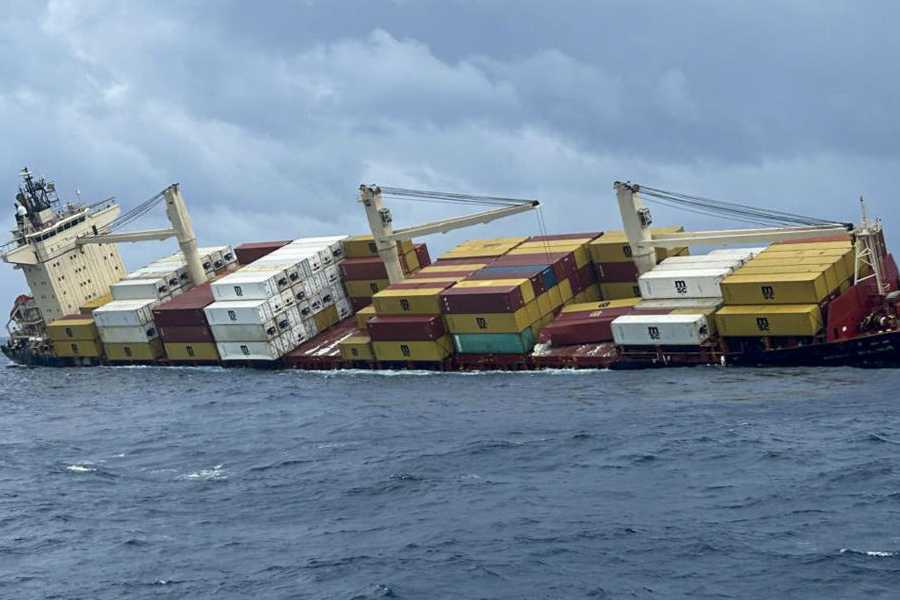 |
Siliguri, Nov. 30: A fish survey in north Bengal for the first time in 70 years has revealed nearly 50 “first sightings”. The report on the findings has been submitted to the forest department.
The Himalayan Nature and Adventure Foundation (Hnaf), which had carried out the survey for five years, said the government should formulate a policy to prevent the extinction of species like sonali chanda and taptapa — fish that were known to be there but never sighted in decades. The inventory of the fish found in the survey was compiled this year.
“At least three-four fish were sighted for the first time in Bengal. They are found elsewhere, for example in Shillong or further east, but not here. But we will announce the names only after the forest department goes through the inventory. There are other fish like the sonali chanda, which we had heard of but never seen. These are all first sightings and there are 50 of them,” said Bimal Chanda, a member of Hnaf and a fish expert.
The last survey on north Bengal fish was done in 1937 by Shaw and Shabbear.
“After 1937, there has been no data available on fish. We conducted the survey in four reserve forests of the region, which are criss-crossed by rivers and dotted by other water bodies,” said Animesh Bose, the programme coordinator of Hnaf. “We had started our work in 2006, tracing the fish, recording their details, habitat and threats and could prepare a comprehensive report by this year.”
The study was conducted in the Buxa Tiger Reserve, Jaldapara and Chapramari wildlife sanctuaries and the Gorumara National Park.
“We carried out inspections over 100 sites, covering all the water bodies inside these forests. For example, in Gorumara and Chapramari, we found 67 species by surveying all 13 water bodies while in Jaldapara, 88 species were found in 14 water bodies. In Buxa, we found 100 species, some of which were sighted for the first time,” Bose said.
Some of the species were common to all four places. “If we strike off the common species, then roughly we have an inventory of 200 fish. Shaw and Shabbear’s list had 130 fish. But the two British had conducted a survey in the markets as well. The result was that hilsa and rohu too became north Bengal specific fish, which is not correct,” said Chanda.
Sumita Ghatak, the divisional forest officer of wildlife-III that has jurisdiction over Gorumara and Chapramari said the Hnaf report would help her department get an idea on the status of fish in the region.
“After the survey by Shaw and Shabbear, this is the first time that such a study on fish was carried out in north Bengal,” Ghatak said. The forest department has never conducted a survey on fish. An official said fish survey was never a priority.
In Gorumara and Chapramari, the survey was carried out in multiple spots on rivers like the Jaldhaka, Murti, Garati and Ingdong. The Hnaf survey in Jaldapara was done on the Sishamari, Torsha, Bania, Buritorsha, Holong and Chilakhawa.
The Hnaf team was helped by local fishermen, who helped spot species like sonali chanda, taptapa, mahaseer and chenga.
“Local people, fishermen who had heard about these species from earlier generations and senior citizens helped us identify the fish. We found so many species because these water bodies are located inside reserve forests where the entry of people is restricted. Similar species were once found in the rivers and water bodies that are outside the forests,” Bose said. “But faced with a number of threats, their numbers have dwindled and some of them have disappeared too. Along with problems like environment and river pollution, the immediate attention should be the illegal measures used by a section of fishermen to catch fish.”
Live wires connected to batteries are often used to catch fish by electrocution. Gelatin sticks are also used to create an explosion in the water after which the dead fish is retrieved. “Such practices need to be stopped,” said Bose.
“We had heard that sonali chanda is smuggled out as ornamental fish although it is the first time that we saw them in their natural environment. It is time that the fisheries department encourage artificial breeding of these species to help rural people earn a living.”
Chanda said there were strict norms against indiscriminate fishing and they should be enforced strictly. “It is necessary to conduct surveys in other districts like Malda and the Dinajpurs to prepare a more comprehensive fish list.”











